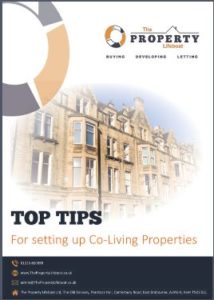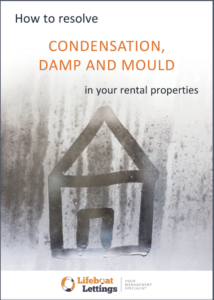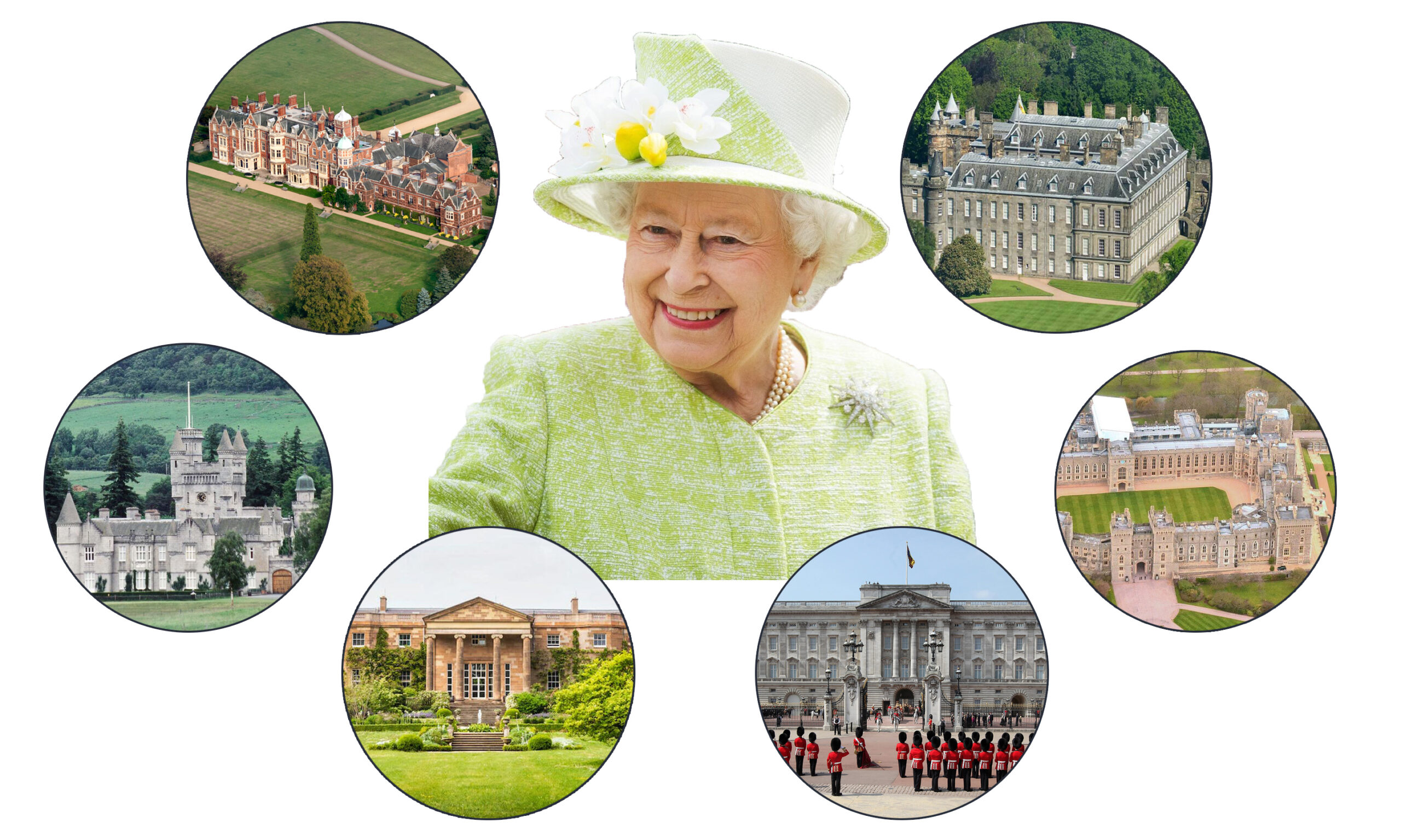
Her Majesty, Queen Elizabeth II very sadly passed away on 8th September at the age of 96. On her passing, she was staying at what was widely recognized as one of her favourite places, Balmoral Castle in Scotland.
It is where she traditionally visited during her summer breaks. However, Balmoral is just one of six properties that made up her impressive property portfolio across the UK.
As we join the nation in collective mourning and celebration of her magnificent life of contribution to the nation, we thought it was fitting to review the Queen’s portfolio of beautiful properties throughout the British Isles, and hopefully clear up a few misunderstandings along the way.
Balmoral Castle
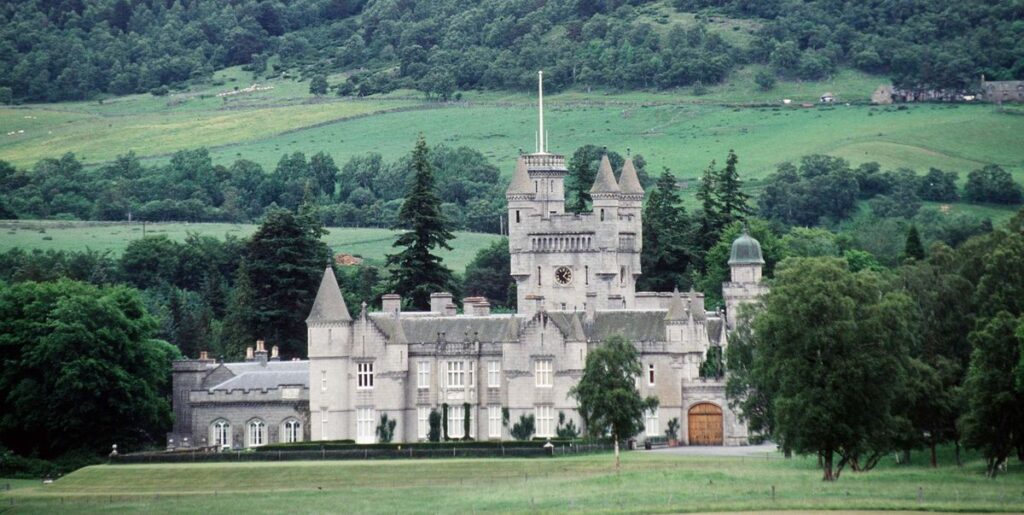
Balmoral Castle was the Queen’s main Scottish residence. It was also the Queen’s private home and was handed down to her through generations of royals, with Prince Albert originally giving the property to Queen Victoria in 1852.
The Queen typically based herself at her Scottish country home from July until early October. When the main castle was open to tourists, Her Majesty lived in the seven-bedroom house on her estate: Craigowan Lodge.
Sandringham Estate
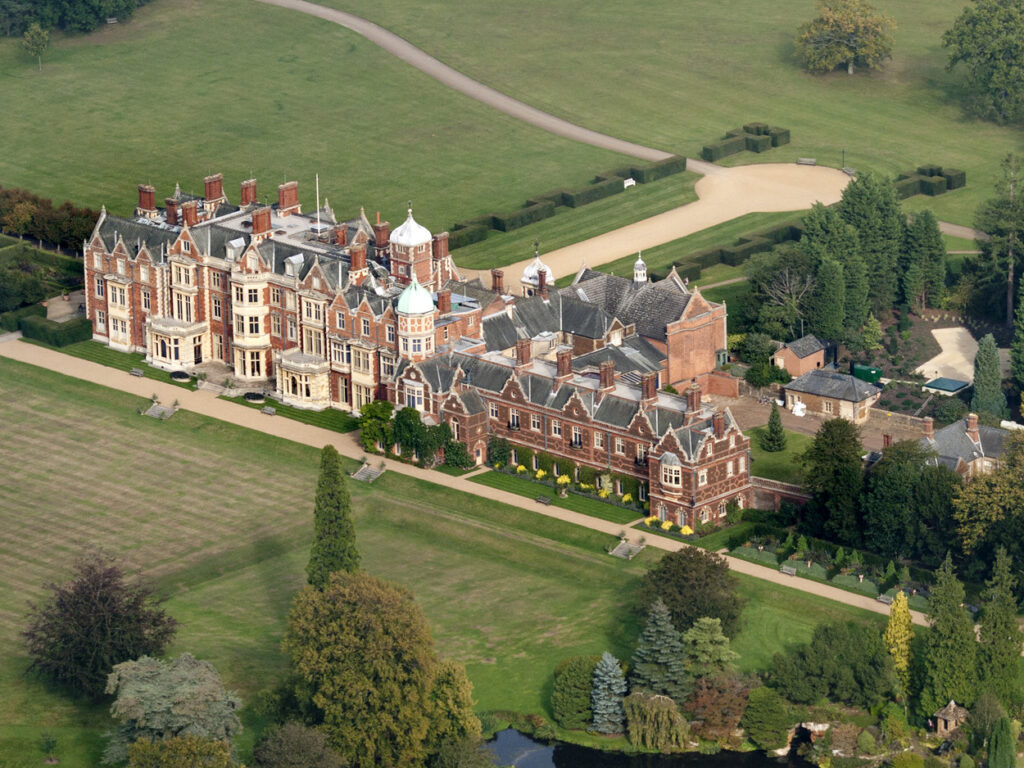
The Queen’s magnificent Jacobean property in Norfolk was her main residence during the colder months. This is where The Royal Family traditionally spends Christmas – with Her many Christmas speeches being delivered from here. The Queen often used to stay on until February.
The 19th-century main residence, Sandringham House, was bought by Queen Victoria in 1862 for the Prince of Wales and was owned personally by Her Majesty.
Windsor Castle
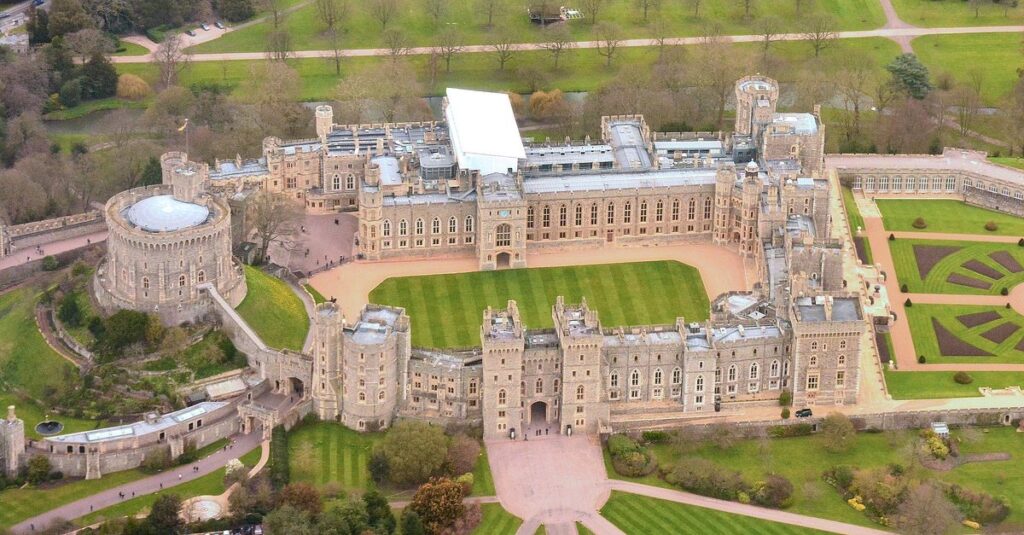
When not at Balmoral or Sandringham, the Queen spent most of her time at Windsor Castle. Unlike Balmoral and Sandringham, the 900-year-old Berkshire property is part of the Crown Estate and did not personally belong to Her Majesty.
Used mainly for royal weddings, christenings and other parties, the Windsor estate also traditionally welcomes royal guests over the Easter period, when the Queen was typically in residence. The Queen used to regularly attend the Maundy Thursday church service at St George’s Chapel during this period.
Windsor was among the Queen’s favourite residences, because of fond childhood memories. Rather than being evacuated overseas during World War II, when aged 13, She and her younger sister Princess Margaret stayed at Windsor Castle and grew up there.
Buckingham Palace
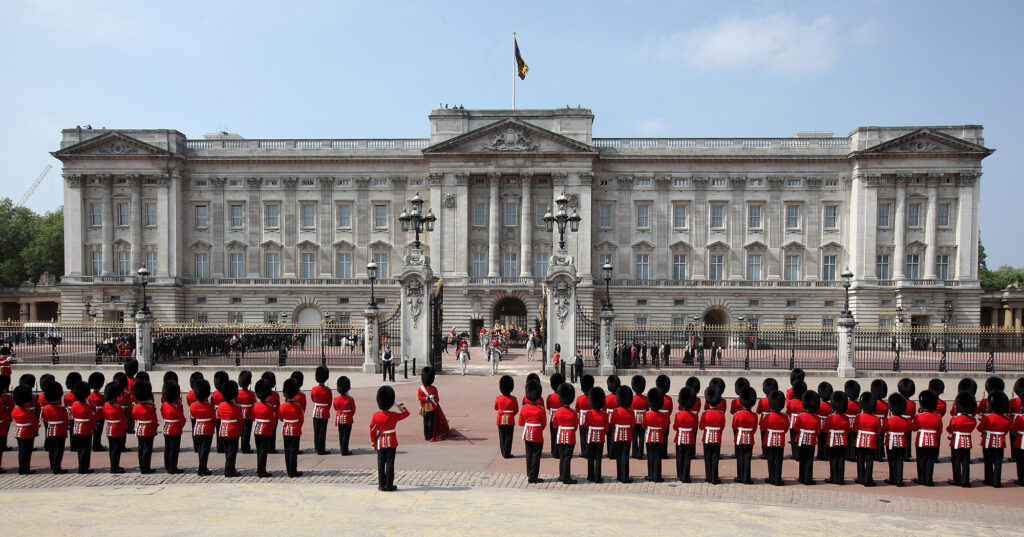
The Queen rarely resided at London’s Buckingham Palace, despite the fact that the royal property has been the official home of the monarchy since 1837. Like Windsor Castle, the property was not owned by Her Majesty personally, but instead belonged to the Crown Estate.
It is well known, that after her father’s death, the Queen wanted to remain living at Clarence House. It was actually Sir Winston Churchill, who instigated the move to Buckingham Palace rather than Herself.
Although the palace boasts 775 rooms, a chapel, a post office, a movie theatre and an indoor swimming pool, during her time at the famous London building, the Queen reportedly only occupied six of these rooms.
Palace of Holyroodhouse
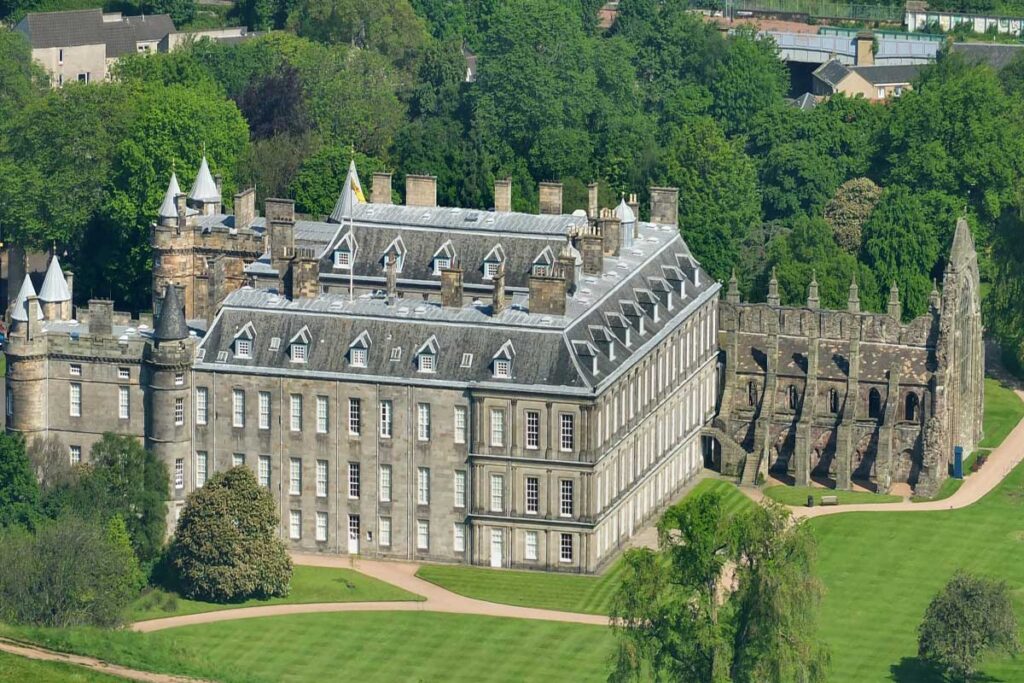
In addition to Balmoral, the Queen owned a second Scottish residence: a 12th century abbey; the Palace of Holyroodhouse in Edinburgh. Every year, the monarch would return to the Edinburgh property for at least one occasion to mark Holyrood Week. In addition to these regular visits, the property has also played host to a huge number of significant royal events over the years.
Hillsborough Castle

Finally, the Queen personally owned her official Northern Ireland residence of Hillsborough Castle in Lisburn. Prior to the pandemic, the property would host the royal family two or three times a year for various events.
However, in recent years Her Majesty’s ongoing mobility issues, coupled with the COVID pandemic, have meant that the Queen hadn’t actually set foot in Hillsborough for over six years. This is perhaps one of the reasons why this property is the lessor known of the six. Historic Royal Palaces took over the running of Hillsborough Castle in 2014, spending a larger sum of money on its restoration.


